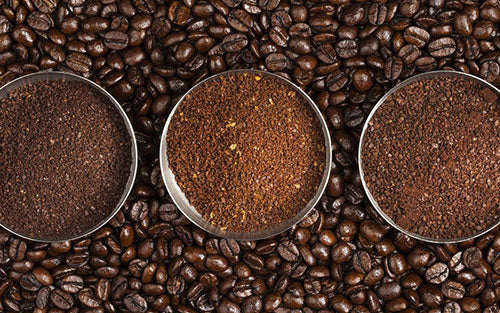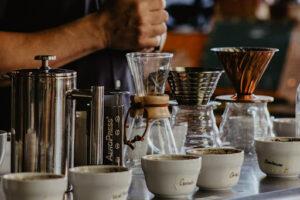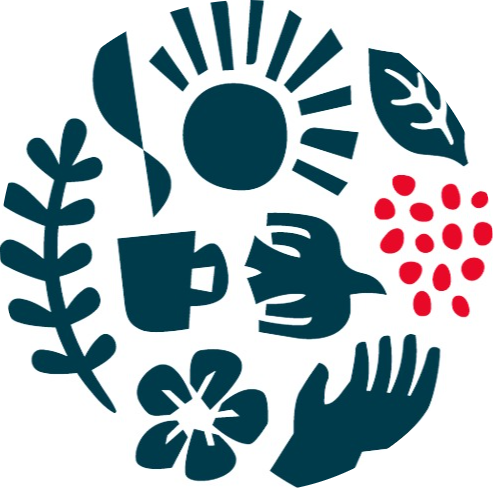Are you a coffee enthusiast bursting to get your hands on some delicious beans? With so many varieties and tastes to choose from, it can be hard to figure out where to start. Fortunately, with a little knowledge about the types of beans available, you can easily find the right kind that suits your tastes and needs. This guide will provide an overview of the different kinds of coffee beans that are available for beginners and how to choose them based on your preferences. From light roasts to dark roasts and everything in between, learn what type of bean is best for you as a beginner – so you can make an informed decision when selecting your first bag of coffee beans.
Types Of Coffee Beans
For the beginner coffee beans enthusiast, Let’s take a look at some of the most popular types of coffee beans available for newcomers looking to take their first steps into the exciting world of coffee brewing.
Arabica
Arabica beans are some of the most sought-after coffee beans in the world, and for good reason. Grown predominantly in Central and South America, these robust beans are responsible for many of the delicious cups of coffee found around the globe. Not only do they have a rich and flavorful taste, but they are also packed with a variety of essential vitamins and minerals including magnesium and potassium which can help contribute to a healthy lifestyle. Arabica beans are highly prized by baristas due to their complexity, making them ideal for specialty beverages.
Robusta
Robusta beans are the second most popularly consumed coffee bean in the world, and are grown primarily in countries located within the equatorial zone like Indonesia, Brazil, Uganda, Vietnam and India. While they may not be as widely known as their Arabica counterparts, they have some unique characteristics that make them a great choice for certain types of coffee drinks. Unlike Arabica beans, which are typically considered to be smoother and more mild in flavor with fruity undertones, Robusta beans are often characterized by a nutty flavor with a slightly bitter aftertaste.
Origin Of The Coffee Bean
The region in which coffee beans are grown is decisive to the flavor they will impart no matter how roasted or brewed – much like a Bronx accent lingers regardless of age. As such, only three world regions can lay claim to producing coffees with truly distinct flavors: each providing its own unique character and aroma.
Latin America
Latin America coffee beans are widely considered to be some of the best in the world, providing drinkers with a unique blend of sweet, nutty and intense flavors. Often used as the base for many specialty coffees, these beans come from countries such as Brazil, Colombia, Costa Rica, Guatemala and Peru.
Africa/Arabia
The coffee beans that are grown in Africa and Arabia are some of the most sought-after in the world. Grown in hot, humid climates with lots of rain, these coffee beans have a richer flavor due to the high levels of organic matter in their soil, which contribute to their intense flavors. They also produce a higher acidity than other regions due to their growing conditions, giving them a unique sweet and tart taste that no other region can match.
Indonesia And The Pacific Island Region
Coffee beans used in Indonesia and the Pacific Island regions are typically of high quality Arabica varieties that are grown at altitudes ranging between 600-1800 meters above sea level. With the ideal climate and terrain found in these areas, farmers here can produce some of the finest coffees available on the global market. In addition to its perfect growing conditions, traditional methods are also utilized by local producers to roast their beans well; which leads to better flavor profiles with hints of chocolate, fruit, spices, nuts and other nuances.
Types Of Roast Levels
Roast levels refer to the degree of roast applied to coffee beans in order to achieve desired flavor characteristics. Depending on the level of roasting, the flavor profile of a particular bean can be altered significantly. We will discuss the various types of roasts available as well as how each level affects taste and aroma.
Light Roast
Light Roast Coffee Beans are among the most popular types for beginners as they offer a milder flavor that is easier to adjust to and enjoy. Light roast beans tend to have a higher acidity level than darker varieties, making them great for those who prefer their coffee with a bit of tartness or brightness.
Medium Roast
Medium Roast Coffee Beans offer something between light and dark roasts. Also known as ‘regular’ or ‘full city’ roast, medium roasts provide a balance between body and bright flavors. Medium roasted beans generally have less acidity than light roasts but more body than dark roasts – providing an ideal middle ground that appeals to many beginners who are still getting used to drinking coffee but want something more robust than just light roast.
Dark Roast
Dark Roast Coffee Beans are the boldest option available and offer an intense flavor profile that is sure to wake up even the sleepiest of taste buds! Dark roast beans tend to be smoother with lower acidity levels compared to lighter varieties but make up for it by having significantly more body and richness. Dark roasted beans contain less caffeine content so they may not be as suitable for those looking for an extra energy boost in their cup of joe.
How To Pick The Best Coffee Beans
Are you a beginner looking to purchase the best coffee beans to get started with your home-brewing habit? To help you select the best coffee beans as a beginner, here are some key tips on choosing great-tasting beans every time.
French Press Coffee
French press coffee is a luxurious and flavorful beverage enjoyed by coffee connoisseurs all over the world. The process of brewing this type of coffee involves steeping coarsely ground beans for several minutes before pressing them through a metal filter. The result is a rich, full-bodied flavor that cannot be replicated with any other brewing method.
Cold Brew Coffee
Cold brew coffee is rich, bold and full of flavor. Cold brew is made by steeping ground beans in cold water for an extended period of time, typically 12 hours or more. This process extracts the flavorful compounds from the beans while preserving their natural sweetness and avoiding any bitterness that may be associated with hotter brewing methods.
Espresso Machine Coffee
An espresso machine is an invaluable tool for making barista-quality drinks at home or in a commercial setting, and learning how to use one can open up an entire universe of delicious and creative coffee drinks. By using high-pressure to quickly extract velvety crema from freshly ground coffee beans, an espresso machine creates a smooth and intensely flavorful concentrated shot that can be combined with hot water or steamed milk to create cappuccinos, lattes, macchiatos and more.
Pour-Over Coffee
Pour-over coffee is a specialty brewing technique that requires patience, precision, and an appreciation of the intricacies of flavor that can be achieved by carefully controlling water temperature, grind size, and the rate at which the hot water is poured over the coffee grounds. The result is a cup of coffee with a bright, clean taste and inviting aroma.
Specialty Coffee For Beginners And Experts
We are passionate about specialty coffee and excited to help you make the perfect cup. Whether you are a beginner or an expert, our team can provide the best advice, products, and methods to ensure that your coffee experience is top-notch. With our wide selection of beans there’s something for everyone at Cherri Cafe. Visit us today and contact us in learning more about specialty coffee today!




